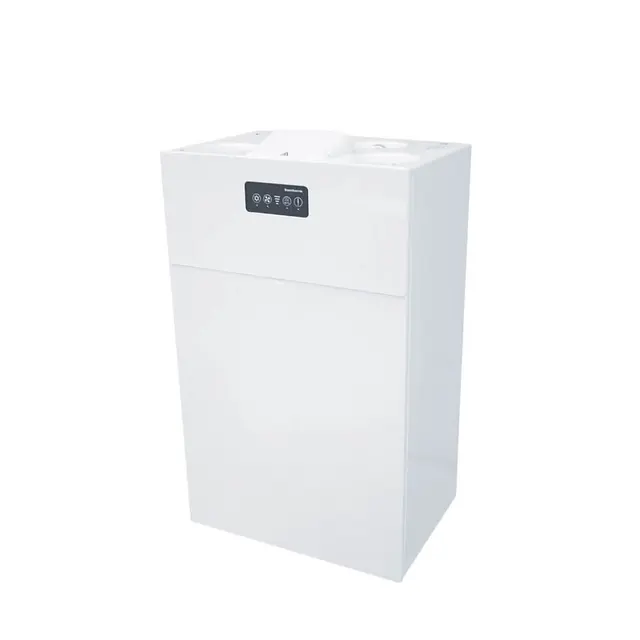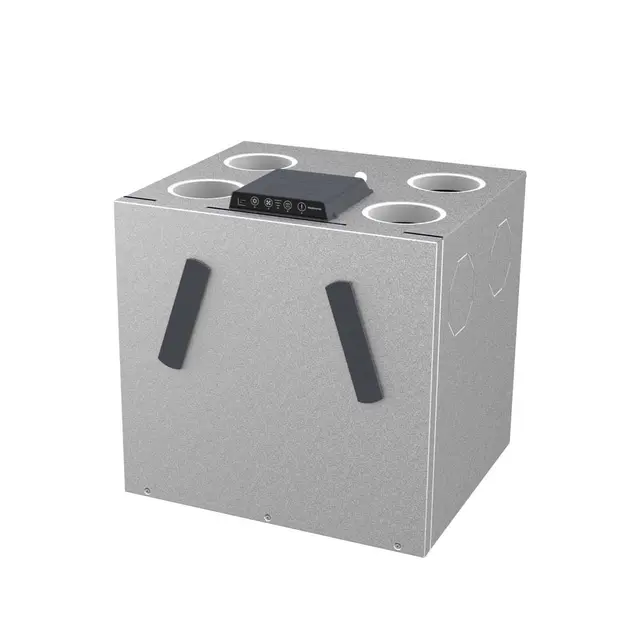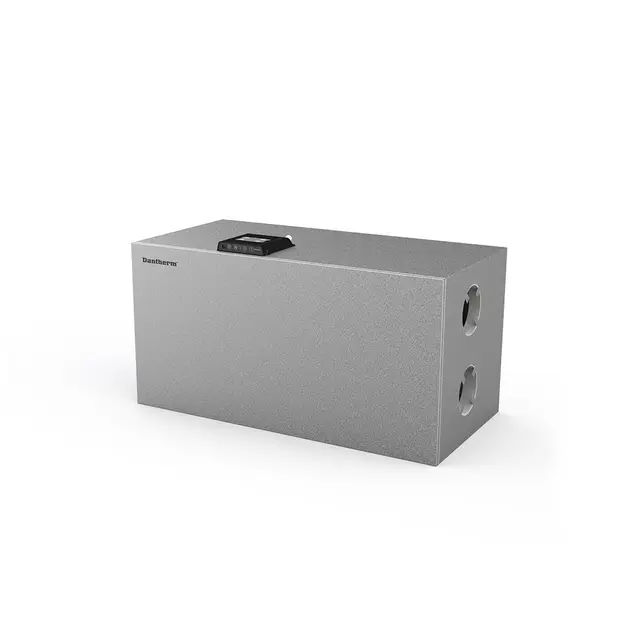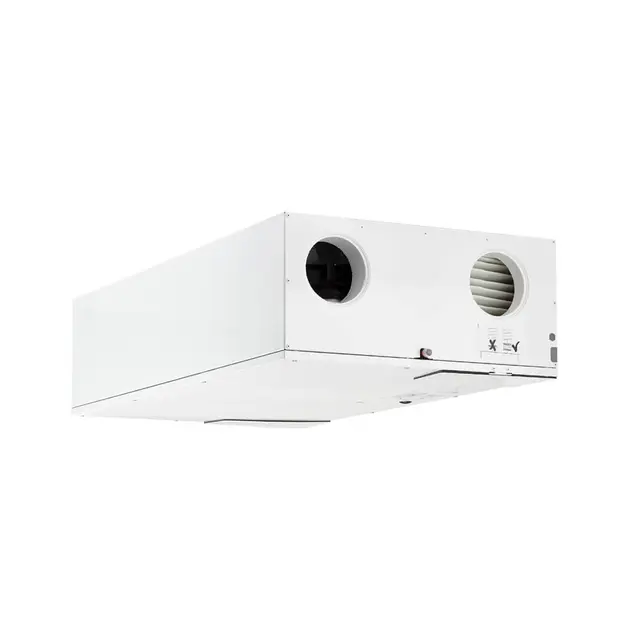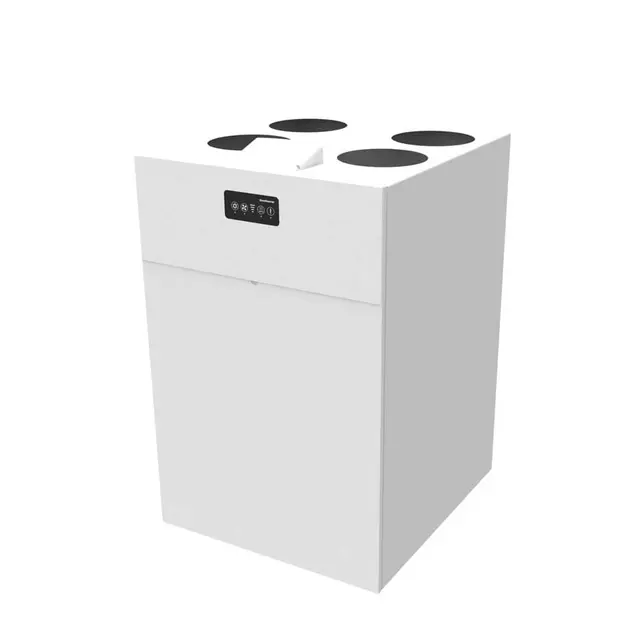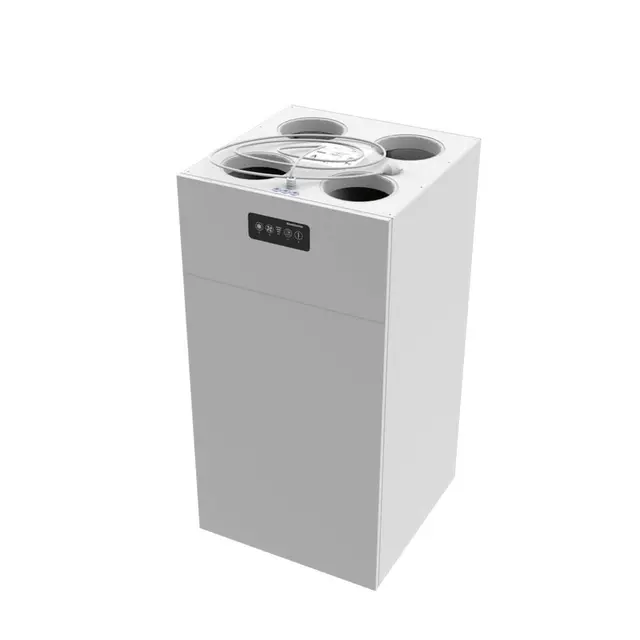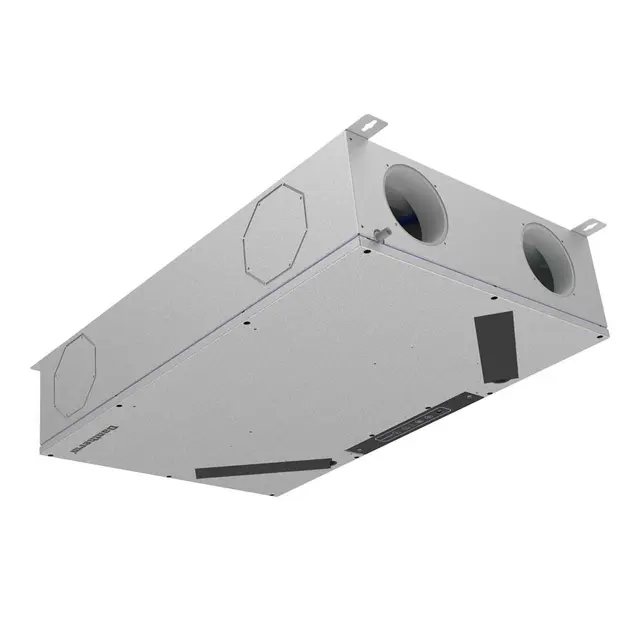Choosing the right residential ventilation system

- Home
- Insights
- Ventilation insights
- Choosing the right residential ventilation system
There are a number of qualities about a system that are worth taking into consideration when choosing your unit. This article lays out the most important ones.
How high is the thermal efficiency?
Ventilation systems for passive house projects must include heat recovery to meet requirements on minimising the amount of energy required to heat the home. Thermal efficiency indicates how efficiently the heat exchanger in the system utilises the energy from the hot extracted air to heat up the cooler supply air. Thermal efficiency should be at least 75%. The higher, the better. Some European authorities go beyond that by recommending the use of heat exchangers with a thermal efficiency of minimum 85%.
Dantherm has efficient counter flow heat exchangers in both aluminium and plastic. Aluminium counter flow heat exchangers have a thermal efficiency of up to 86%, while the figure for plastic counter flow heat exchangers is up to 96%.
How high is the energy usage (SFP value)?
A ventilation system's SFP value is an expression of how much energy the unit uses to transport the air – 'the specific electricity consumption for air transport'. The lower the value, the lower the energy consumption.
Can the system be equipped with an automatic fire safety controller?
In apartment buildings, it is sometimes preferable to let several ventilation systems share air intake and/or exhaust ducts. This reduces space requirements, since numerous units share one large exhaust duct rather that having one each. If this is the case, the system may have to meet certain technical fire safety precautions. For instance, this may apply for instance to the installation of smoke detectors and fire dampers, so you avoid a possible fire spreading to other apartments via the ventilation ducts.
It is therefore crucially important that you make sure the system you choose is compatible with fire protection functionality. In Dantherm systems, a fire protection controller is an integrated part of the unit's basic control software, and if smoke and fire dampers are required, Dantherm's FPC can be added.
What type of exchanger suits me best?
There are different ways of recovering heat from the air. Three of the best known methods are using rotary heat exchangers, cross flow heat exchangers and counter flow heat exchangers.
The counter flow heat exchanger is the most energy-efficient type, and has the added advantage of not leading odours around the building. A counter flow heat exchanger acts by allowing the hot extract air to pass the cooler supply air in the ducts, ensuring that the heat is transferred between the two airstreams without the supply air and extract air mixing.
Related products
Featured insights

Find out how to improve the air quality in your house

How mechanical ventilation using outdoor air can battle the spread of airborne diseases

Get our comprehensive 28-page guide for installers and other professionals here
Need help with choosing the right solution? Our team of over 100 climate control experts can assist.
You can also reach out or join the discussion on our Social Media. Check out our LinkedIn page.
